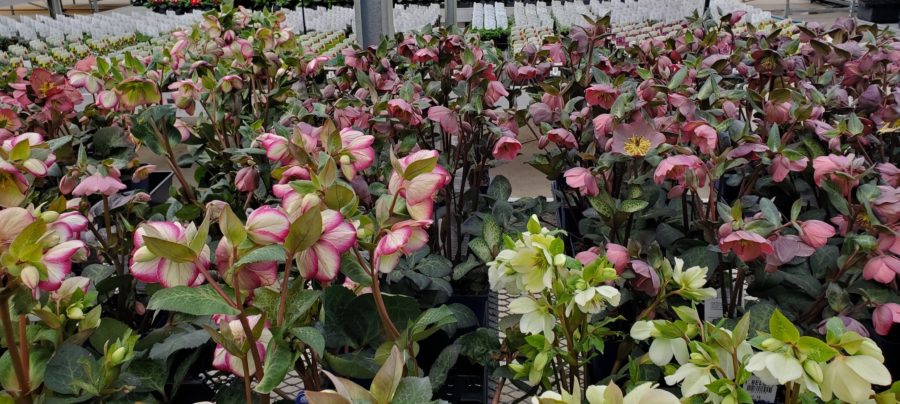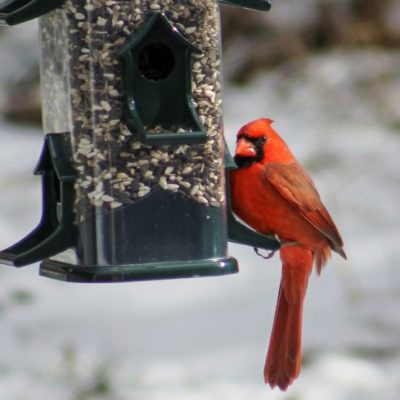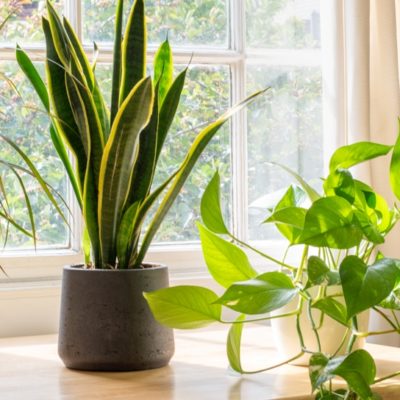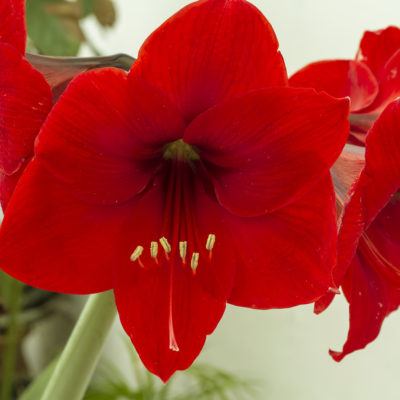
Plant Profile: Helleborus (Hellebores)
Picture this: It’s a typical late winter/early spring, it’s still chilly outside, and your gardens are covered in white. But wait, what’s that poking through the snow banks? There’s no way anything would be awake this early?! But there it is, a flower bud actually pushing through the snow to the light above – the first Hellebore of the season!
Helleborus are incredible early spring bloomers, and we mean early spring! As soon as they feel a slight rise in temperature they’re ready to make their mark on the world, and they won’t let something as trivial as snow (or winter in general) get in their way. What a perfect Canadian perennial!
What’s in a Name
Helleborus go by many names including Lenten Rose, Christmas Rose, and Winter Rose thanks to its wintry blooming season. Fun fact: they’re not part of the Rose family at all! They’re actually cousins of the Ranunculus, another early spring bloomer that’s considered an annual here in Ontario. Prior to modern gardening trends, Helleborus could be found throughout Europe and Asia but didn’t find their fame until 1753, thanks to famed Swedish botanist Carl Linnaeus who also happened to create scientific nomenclature that is still used to classify every living thing on earth.
Turn the Lights Down Low
Light: Full to Part Shade; morning sun is best, with protection from afternoon sun.
They may have found the spotlight in gardeners’ hearts, but Hellebores are very unhappy in too much sun. These shade perennials can live for years provided they’re in moist, well-drained soil, tolerating most locations so long as they stay out of the afternoon sun. And they really don’t like being moved once they’re established. If you absolutely have to transplant them, like you’re moving and can’t bear the thought of leaving them behind, be prepared for the silent treatment – they’ll need a few years before they can re-establish and start blooming again!
From Bashful to Cautiously Confident
You’d never know it, but under those snow banks is an evergreen that holds onto its foliage all year long. The mound of leathery leaves has prickly, almost serrated edges and can be solid dark green, mottled with lighter green shades, or even marbled with pink. Older “parent” varieties have shy, downward-facing single blooms that can be almost hidden by their foliage, but new hybrids arriving on the scene feature boldly coloured single or semi-double blooms of white, red, pink, purple, and even apple green that proudly face the outside world.
Very Little to Clean (It’s Too Cold Outside, Anyway)
If you needed another reason to love Helleborus, they are also very low maintenance! These evergreens require zero cutting back; just remove any damaged leaves in spring, the earlier the better. Since they’re so slow growing you don’t want to take too many leaves away, which means even less work for you. Their blooms can last for weeks or even months, and still look gorgeous as the colour fades so there’s no rush to deadhead. When you do need to cut it’s best to wear gloves as all parts of Helleborus are toxic and the sap can irritate sensitive skin.
Fun Facts about Helleborus!
- Their toxicity makes Helleborus very unappealing to most animals, so you should have no issues with rabbits or deer munching on your mounds.
- If improperly handled or ingested, Helleborus can cause skin irritation, dermatitis, vomiting, diarrhea, nervousness, hallucinations, depression and, in extreme cases, death.
- During ancient times to beyond the Middle Ages, they were used to treat a wide range of ailments, from gout and paralysis to insanity! (Did they not see the second point in this list?!)
- It may have been used in biological warfare! In 585 BC, during the First Sacred War, the Greek army lay siege to the city of Kirrha and reportedly used hellebore to poison the city’s water supply. Kirrha’s soldiers became so weakened by diarrhea that they couldn’t maintain their defenses, so the city was lost and all its citizens were killed by the Greek invaders.
- The word Hellebore in Greek translates to “injure food” so it’s unlikely that its use as a poison was a trade secret.
- Hellebore is often depicted in Greek and Roman mythology as a cure for madness but, again, see the second point in this list for all the issues surrounding its poisonous nature!
- They are mentioned a lot in connection with witchcraft, especially as ingredients for flying ointments, invisibility powders, and for both cursing and protecting crops.
- The Hellebore flower can symbolize scandal (because, you know, the whole poison thing) or hope. The way these beautiful flowers push through the winter snow to usher in a new spring, we’ll focus on the hope, thank you!





